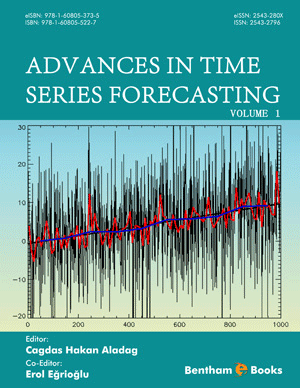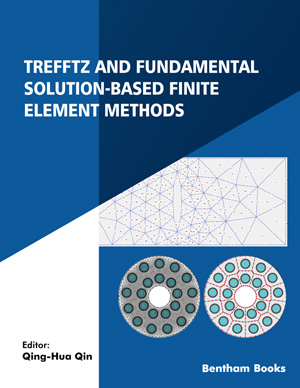Abstract
Currently, the Q criterion, theΔ criterion and the λci criterion are representative among the most widely used vortex identification criteria. These criteria can be categorized as eigenvalue-based criteria since they are exclusively determined by the eigenvalues or invariants of the velocity gradient tensor. However, these criteria are not always satisfactory and suffer from several defects, such as inadequacy of identifying the rotational axis and contamination by shearing. Recently, a novel concept of Liutex (previously named Rortex), including the scalar, vector and tensor form, was proposed to overcome the issues associated with the eigenvalue-based criteria. In the present paper, the comparison of Liutex and two eigenvalue-based criteria, namely the λ ci criterion and the QD criterion, a modification of the Q criterion, is performed to assess these methods for compressible flows. According to the analysis of the deviatoric part of the velocity gradient tensor, all the scalar, vector and tensor forms of Liutex are valid for compressible flows without any modification, while two eigenvalue-based criteria, though applicable to compressible flows, will tend to be severely contaminated by shearing as for incompressible flows. Vortical structures induced by supersonic microramp vortex generator (MVG) at Mach 2.5 are examined to confirm the validity and superiority of Liutex for compressible flows.
Keywords: Compressible flows, Liutex/Rortex, Vortex identification, Vortex structures, Turbulence.












